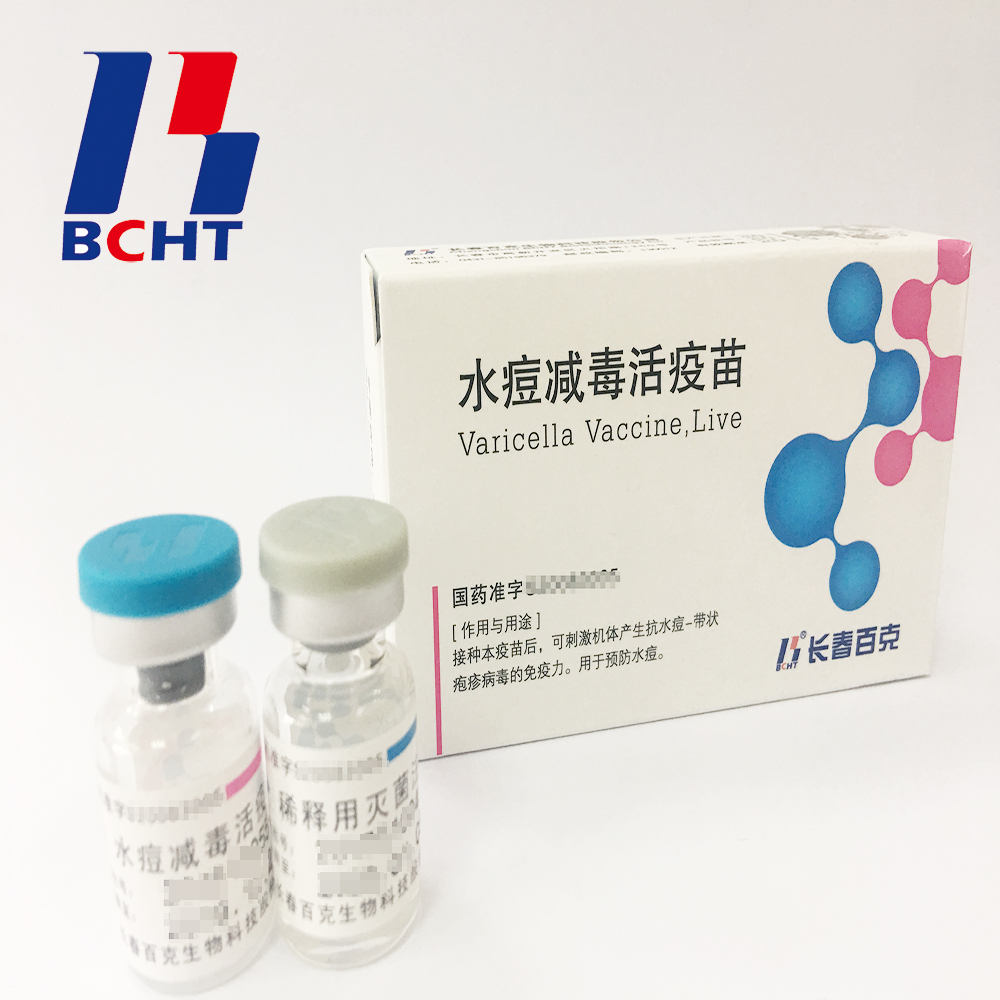Chestnut squash is a new type of small pumpkin early maturing squash, the fruit is flat spherical, weighing about 1-1.5 kg, a longitudinal pattern, flesh thick, orange-yellow. The variety has unique flavor, dense meat, delicate taste, taste like chestnut, is a hotel and hotel's high-level dishes; strong adaptability, strong growth, fewer pests and diseases, high yield. First, sowing nursery autumn sowing is from mid-July to early August. Spring sowing is generally used to protect nursery seedlings, autumn broadcast live. The seeds were dried in the sun for 2-3 hours, then placed in 55°C warm water for 15 minutes, then soaked in fresh water for 3-4 hours. The seeds were washed off with mucus, and placed on a wet cloth and placed at 25-30°C for germination. Most seeds can be sown when exposed. Seedlings should pay attention to water and fertilizer management and pest control. Seedlings were grown immediately after the first true leaf was grown, and diseased and weak seedlings were removed. Leaf fertilizer was sprayed every 7-10 days. When the seedlings grow to 2-3 true leaves, they can be planted. Second, site preparation and planting of chestnut squash should be selected with sufficient light, not easy to collect water and fertile soil for planting. Before the planting, flatten the land and dig planting trenches. The width and depth of each groove is 60 cm, and the distance between two adjacent planting grooves is 1.4 m. Apply sufficient basal fertilizer in the planting ditch, applying 2500 kg of organic fertilizer per mu, 25 kg of superphosphate, 100 kg of plant ash, 50 kg of compound fertilizer, and 50 kg of lime. In the planting ditch planting melon seedlings, spacing 1.2 meters, acres of about 400 plants. After planting, rinse thoroughly and set the root water. Third, field management 2. Melon vine management: Each host was selected to retain the main vines and 3-4 lateral spreads, and the remaining lateral branches were removed. When the collaterals grow to 1.5 meters, they are topping and secondary branches are removed. One fruit per vine. Every 4-5 guava press soil once, to prevent running vines and promote adventitious roots, to avoid melons cover each other. 3. Pest control: Diseases mainly include wilt disease and powdery mildew. Fusarium wilt can be used to smear 10g of anthraquinone with 70% alcohol into a paste. Powdery mildew can be controlled by spraying 12.5% ​​of myclobutanil 2000-3000 times. Insect pests mainly include whitefly and leafminer, which can be treated with avermectin 800 times. 4. After harvesting the fruit to a length of 1-1.5 kilograms, the fruit color is uniform and a white powdery waxy layer is formed, indicating that the fruit is mature and can be harvested. Picking should be done on sunny afternoons.
Bulk of varicella vaccine,semi-finished products.It has good safety with low ratio in adverse reaction. And it has been exported to Bangladesh.
In 2008, BCHT successfully launched its product Varicella Vaccine, Live in China. In the following years, BCHT continuously committed to improving the product and led in 2010 removal of gelatin from adjuvant and extended the vaccine shelf-life up to 36 months which is the longest one in the world in 2011. And it has the following qualities.
Rabies Vaccine,Freeze-Dried Rabies Vaccine,Mild Rabies Vaccine,Stable Rabies Vaccine For Human Use Changchun BCHT Biotechnology Co.,Ltd , https://www.ccbcht.net
1. Fertilizer and water management: 50 kg of compound fertilizer per acre will be applied during fruit enlargement and expansion, and 0.2% potassium dihydrogen phosphate will be used every day for foliar dressing to promote fruit growth. Water management In addition to keeping the fields moist in the later stages of fruit growth, water should be controlled during the rest of the season to maintain drought.
